When opened in 1877, Ohlsdorf park cemetery was located outside the city of Hamburg in Germany. Wilhelm Cordes was responsible for designing the western part of the park, creating a romantic landscape with ponds and meandering paths. After the Great War, the park was expanded under the supervision of landscape architect and then cemetery director Otto Linne. In 1930, the eastern section was completed using a more formal, geometric design. Hamburg has since grown to enclose the park, rendering further expansion impossible.
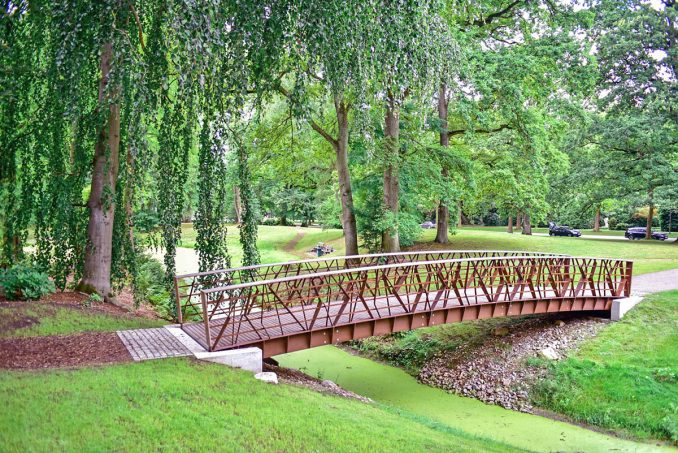
As the largest non-military cemetery in the world, Ohlsdorf has an impressive CV: some 230 gardeners, more than 100 different species of coniferous and deciduous trees, 12 unique chapels, 17 kilometres of paved roads and two bus lines, 800 sculptures and relief ornaments, 6,000 funerary monuments and 256,000 graves. To date, 1.4 million burials have taken place in the cemetery.
In one of the park’s many ponds, just behind the administration building, you can find the Southern Island. Over the course of time, the island has slowly become inaccessible, overgrown with rhododendrons and rose bushes. In the original design by Wilhelm Cordes, the island lay in a direct line from the Rose Garden to the main road leading to the entrance.
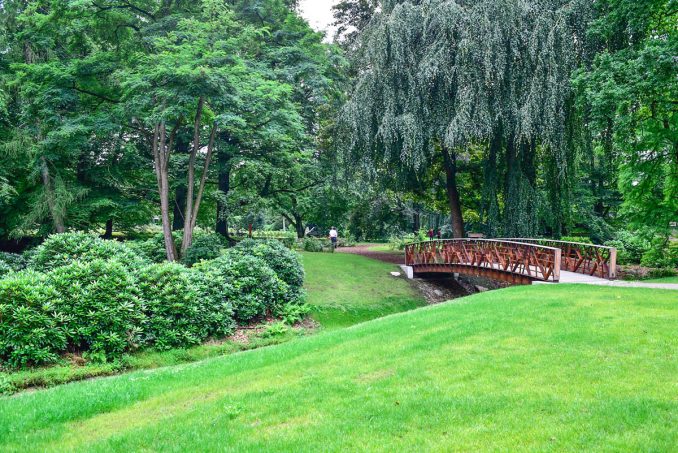
The Southern Island’s overgrowth also blocked the view of the monumental Rose Garden. Part of the monument constructed to honour landscape architect and cemetery director Wilhelm Cordes, the Rose Garden is one of the park’s main attractions. It is full of rustic species of roses, the likes of which might have been found in ancient Greece or Rome or in medieval monasteries.
Thanks to recent restoration work, the contours of the island are now visible. Complete with a new bridge, the Southern Island can once again play a key role in the world’s largest park cemetery. The restoration is part of the Ohlsdorf 2050 development and renovation concept, with landscape architect Ando Yoo creating the design for the island renovation.
Archival documents from Ohlsdorf Cemetery Museum show wooden beam bridges crossing the pond to the Southern Island, where the new bridge is now found. These were later replaced with wrought-iron bridges displaying an ornate Jugendstil design based on a nature theme.
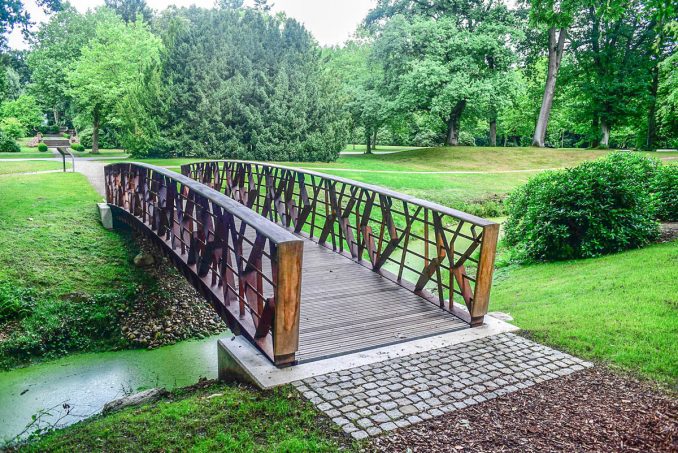
The new Streetlife Branches Bridge spans 12 metres and features fencing made of embellished branches, constructed from CorTen steel strips. Offering an abstracted image of nature, the fences are reminiscent of the whimsical wooden trunks and branches of the historic beam bridge. The deck of the slightly arched bridge comprises durable hardwood slats with anti-slip strips and the warm brown tones of the CorTen steel fencing ensure the bridge blends naturally into its surroundings.
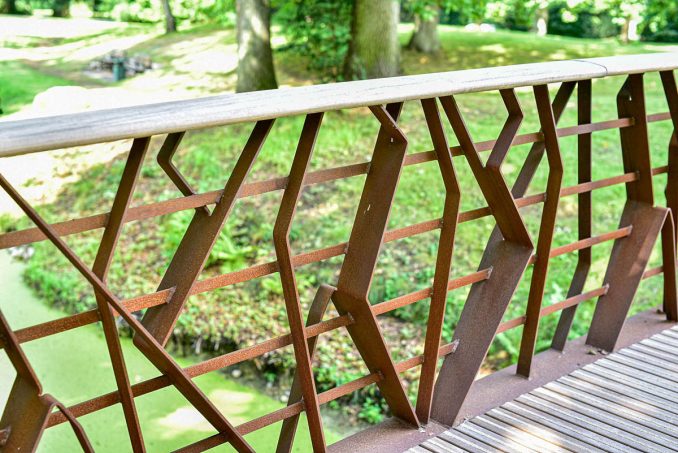
Ohlsdorf Cemetery is always a little busier this time of year. The rhododendrons are in full bloom, interwoven with beautifully scented rose beds on the Southern Island.
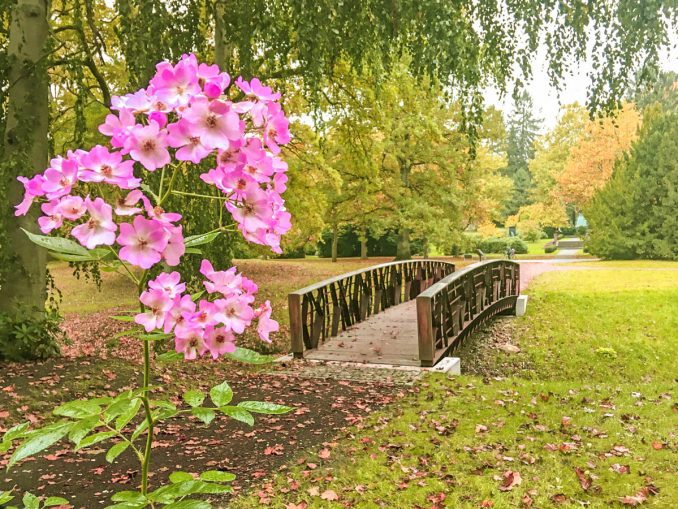
Building a bridge between past and present
Text | Streetlife
Images | Jutto Yoo
